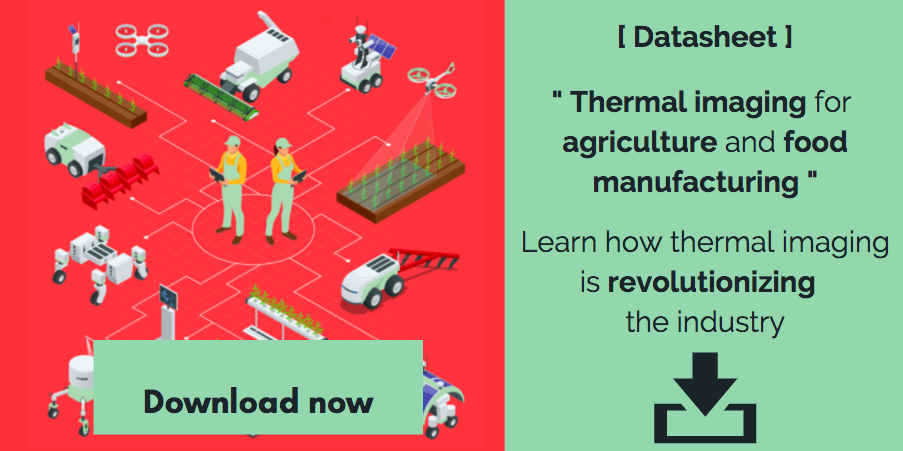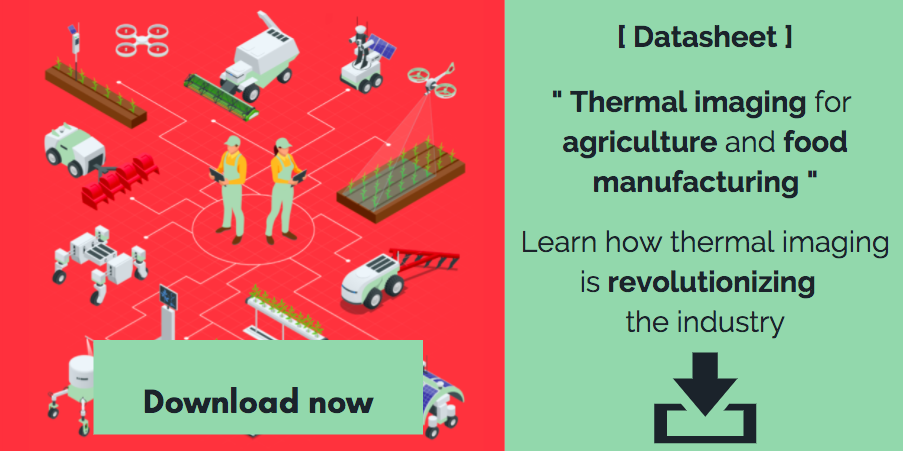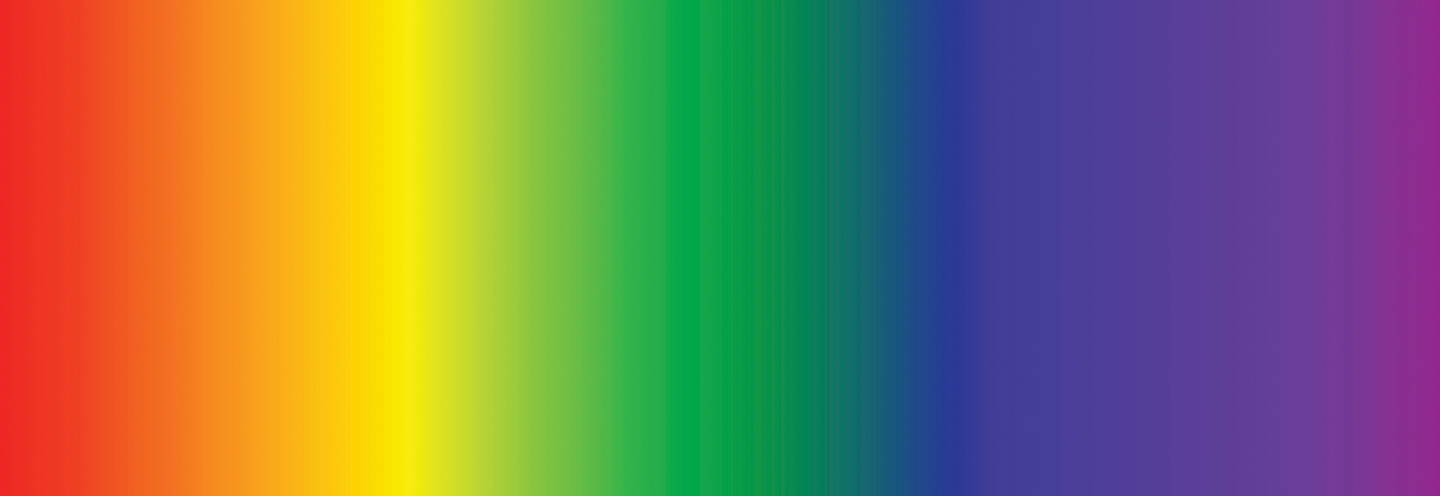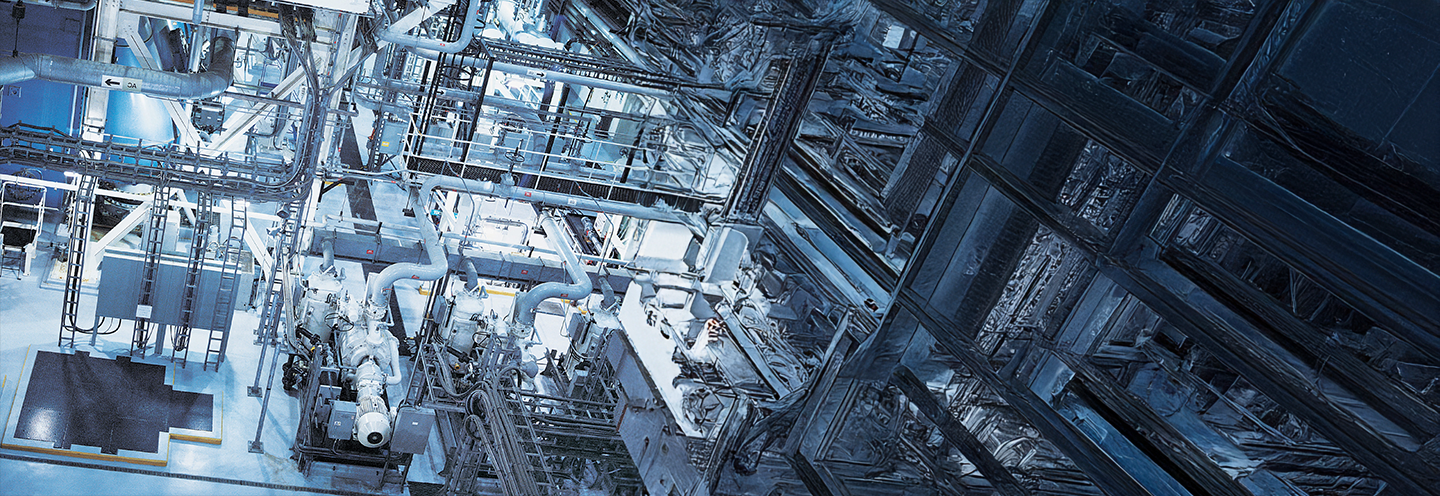Infrared thermography is the only diagnostic technique capable of generating an image of a structure’s thermal profile in real time.
Once reserved for the defense industry, infrared thermography is becoming increasingly common on commercial civil and consumer markets. Today, it is not unusual to find infrared thermography on the outdoor and leisure, automotive, and smart building markets.
Let’s take a closer look at the kinds of solutions made possible by infrared technology on these and other markets.
Oil spill detection
In the visible light spectrum, seawater is often rendered as cloudy, and it appears dark when viewed from above. This can make it difficult to detect oil spills using visible imaging techniques. A thin film of oil floating on the ocean’s surface is hard to see with the naked eye or conventional video equipment.
Due to their low densities, crude oil and diesel fuel generally float on the water’s surface for quite some time. If the water is calm, the contours of an oil slick may be clearly visible. Often, however, the contrast between the oil and the surface of the water is not high enough to be seen easily in the visible spectrum. When the water is choppy it can be nearly impossible to see an oil slick. Visually, the rough surface appears to alternate between light and dark, depending on how the sun and the sky are reflected. These reflections tend to mask the presence of low-contrast material floating on the water’s surface. In other bands of the electromagnetic spectrum, the perceived contrast between the water’s surface and an oil spill is much higher, regardless of movement and sunlight. Recent tests revealed that long-wave infrared is a powerful tool that can be used in the field to detect oil spills.
Autonomous vehicles
Advanced driver assistance systems (ADAS) and autonomous vehicles are revolutionizing motor vehicle traffic of all kinds. Tomorrow’s vehicles will get people and merchandise to their destinations with a higher degree of safety than ever before.
These automotive technologies are making today’s cars work better and will enable tomorrow’s cars to do more and more driving on their own. One of the challenges addressed by ADAS is to reduce the number of accidents by eliminating human error and improving driver vigilance.
Sensors can help make driving in all types of weather and terrain safer. However, there is no one single sensor that can make driving safe. Instead, a set of sensors with different functions provides a variety of information designed to maximize safety at all times.
ADAS and autonomous vehicle systems generally use a combination of radar, LiDAR (light detection and ranging), ultrasound, conventional visible cameras, and thermal cameras.
The idea is to detect and classify objects so that the appropriate driving behavior can be determined.

Homeland security
Border patrol officers deal with a plethora of challenges, including working in harsh and remote environments. Infrared technology has been used successfully to patrol borders around the globe.
Infrared sensors have the capacity to generate images continuously around the clock and in real time to effectively detect and track intrusions. These sensors are undetectable and can “see” a person several kilometers away during the day or at night and in all weather (extreme heat, snow, fog, heavy rain).
Smart buildings
The smart building market is booming. Existing buildings are being upgraded with smart solutions, and most new builds are smart by design.
Infrared technology does three things. First, it facilitates predictive maintenance to boost the uptime of building systems like water heaters, HVAC, and elevators, for example. Second, it makes buildings safer by enabling a more effective and/or earlier response to accidents, fires, gas leaks, and air and water quality issues. Last, it enhances security by protecting against intruders or hackers.
Connected smart building solutions like access control using facial recognition or eye or handprint scans benefit from infrared technology. Until recently, these solutions were the domain of highly-sensitive facilities. Now, however, they are becoming increasingly available to the general public. Infrared vehicle license plate readers can also be used to manage parking by tracking entries, exits, parking spaces used, electric vehicle battery charging, and other parameters.
Agricultural drought stress monitoring
Infrared thermography is also used to monitor crops’ resistance to drought. CRIEPPAM, a center for the study of aromatic and medicinal plants in France, recently published the results of a study on lavender crops. Additional tests using infrared monitoring (which can detect a number of indicators useful in predicting plant outcomes) are in progress with the goal of finding ways to prevent plants from dying in drought conditions.
If you are interested in learning how technology is being used in a completely different industry, download our agriculture and food manufacturing industry datasheet.












